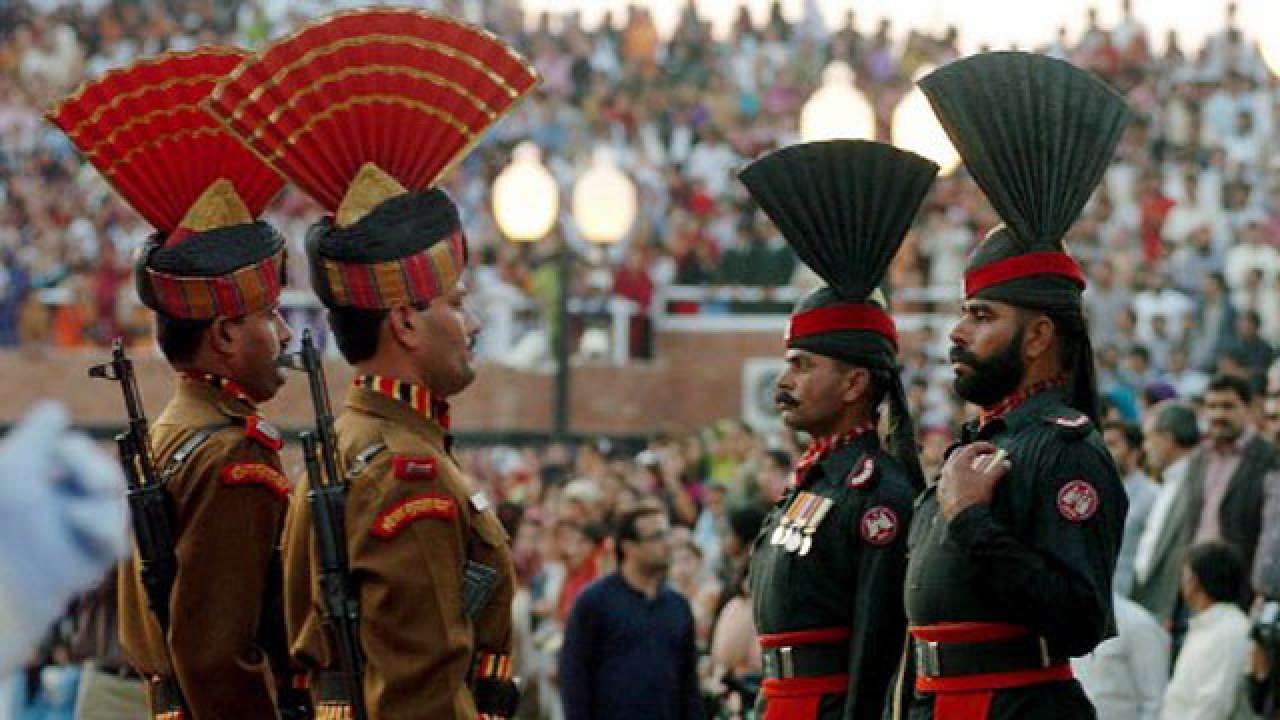
On September 27, External Affairs Minister Sushma Swaraj will find herself in the same room as Pakistan’s new foreign minister Shah Mehmood Qureshi at the SAARC foreign ministers’ annual meeting, customarily held on the sidelines of the United Nations General Assembly (UNGA) session. A perfunctory namaste will be all Qureshi gets.
Why is Pakistan so keen to talk to India even as it continues to mutilate the bodies of Indian jawans and unleash terrorists from the Lashkar-e-Taiba (LeT) and Jaish-e-Mohammad (JeM)? To answer that question, delve into the psychology of Pakistan – a mindset few Indian governments have read correctly. For years, Indian policymakers believed the conventional wisdom that Pakistan was run by the three As – Army, America and Allah.
America has since been replaced by China but the other two remain dominant forces in Pakistan. The army owns a third of Pakistan’s commercial real estate and several of the country’s businesses. Religious leaders too remain relevant. But there are two additional elements that hold sway in Pakistan.
First, the judiciary. It took centre-stage when the Chief Justice of the Supreme Court Iftikhar Chaudhry ended Pervez Musharraf’s dictatorship in 2008. The courts have since played cat and mouse with the army, defying it only to retreat later. Their complicity during the rigged Pakistan general election in July 2018 revealed the limits to their defiance. There have, however, been spasmodic displays of independence. The Islamabad High Court, for example, last week released former Prime Minister Nawaz Sharif and his daughter Maryam from the prison they had been incarcerated in to prevent them, on the army’s orders, from contesting the general election. That paved the way for the victory of the army’s favoured candidate Imran Khan and his Pakistan Tehreek-e-Insaf (PTI).
The second new force to emerge in Pakistan is the in-house jihadi. The old Army-America-Allah triumvirate relied on outsourced jihadis. They gave the Pakistani army plausible deniability for acts of terror. That pretence is over. Pakistan’s Border Action Teams (BATs) work openly with LeT and JeM terrorists to kill, decapitate and mutilate the bodies of Indian soldiers on both the Line of Control (LoC) and the International Border (IB).
India’s Pakistan strategy has meanwhile oscillated between resolve and naïveté. The surgical strikes across the LoC, whose second anniversary falls on September 29, displayed resolve. Inviting an ISI team to visit the site of the ISI-sponsored terror attack on Pathankot betrayed extreme naïveté.
More recently, this inchoate policy saw the Ministry of External Affairs (MEA) agree to a meeting between Swaraj and Qureshi on the sidelines of the UNGA session on September 29 and, 24 hours later, cancel the meeting. The flip-flop was therefore caused not by any change in circumstances but by the eruption of public outrage. A meeting between Swaraj and Qureshi would have signalled India’s indecisive attitude towards Pakistan’s continuing use of terrorism as an instrument of state policy. That would, in turn, encourage Pakistan’s renegade army to intensify terror attacks on Indian soil using its in-house jihadi factory. The outcome India needs is the opposite: to discourage the Pakistani army from carrying out terror attacks in India by imposing an unaffordable cost on it.
Between dialogue and war, there is a large space to achieve this outcome. Pakistan is desperate for a bailout from the International Monetary fund (IMF). Its economy is in a shambles. Foreign exchange reserves at $10 billion are barely enough to cover 60 days of imports. The Imran Khan government has discovered to its horror that the China Pakistan Economic Corridor (CPEC) favours Chinese companies at the expense of Pakistani firms, apart from burdening the country with unsustainable high-cost debt.
Meanwhile, the Paris-based Financial Action Task Force (FATF) has reported that, following Pakistan’s greylisting in June 2018, Islamabad’s steps to curb terror financing have been inadequate. Pakistani courts have instead allowed globally designated terrorists like Hafiz Saeed to carry on their charitable activities despite the fact that they are a known cover for terror groups.
FATF has given Pakistan up to September 2019 to clean up its act. If it does not, and on present evidence, it will not, it will be blacklisted. That would cripple Pakistan’s economy. Islamabad is banking on getting the three votes it needs to veto blacklisting by FATF. These three votes are from Saudi Arabia, Turkey and the UAE. If even one of these abandons Pakistan (two, Saudi Arabia and UAE, did when it was greylisted), Pakistan could find itself in a financial black hole.
Given that India holds all the aces and Pakistan none, it is important for the Modi government to follow the policy Modi himself had enunciated: “terror and talks don’t go together.” Pakistan’s strategy is unidimensional: seek talks with India to gain international respectability while continuing to sponsor terrorism in Kashmir. For Islamabad terrorism is not a means to an end. It is an end in itself. Low-intensity, low-cost proxy war against India justifies the army’s centrality in Pakistan and the financial perks that accompany it.
Ask the inhabitants of Pakistan-occupied Kashmir (PoK) if the Pakistani army cares about Kashmiris. A visit to Muzaffarabad, the benighted capital of PoK, will provide a graphic answer. For the Pakistani army, Kashmiris, in J&K and PoK alike, are fodder.
The writer is the author of The New Clash of Civilizations: How The Contest Between America, China, India and Islam Will Shape Our Century